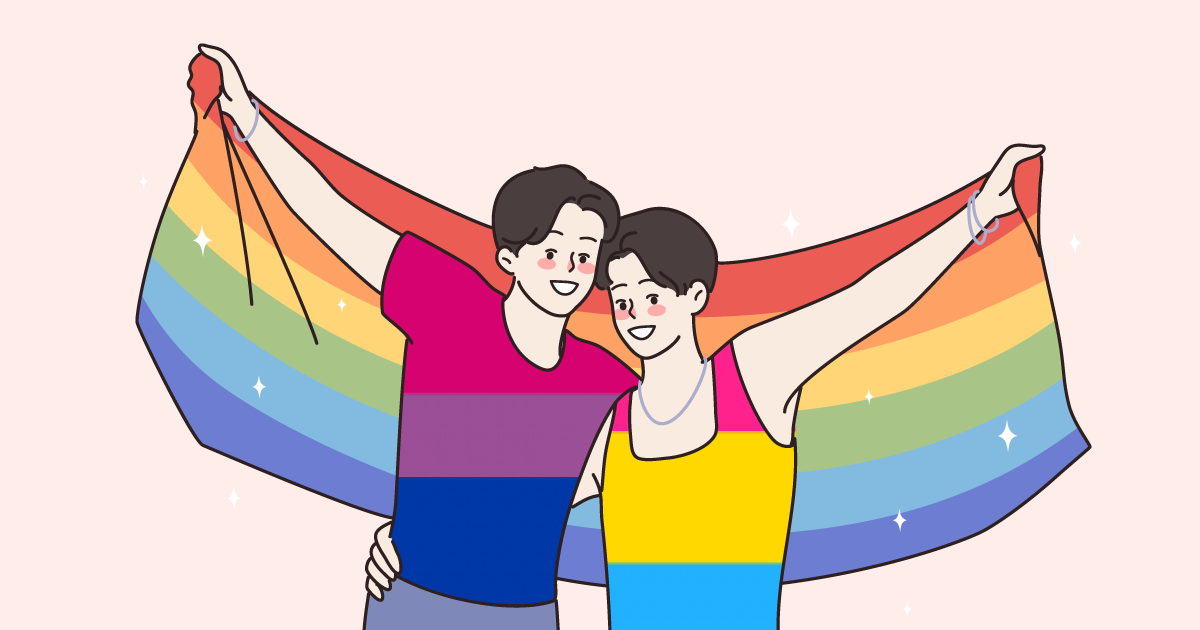
Biphobia, or the fear or rejection of Bi+ identities and people, has been pervasive throughout history and is still present today. This not only has a lot to do with a lack of understanding about human sexuality, but also due to society’s reliance on binaries. Bisexuality is often wrongly regarded as a place between being ‘straight’ and ‘gay.’ Bi+ members of the LGBTQIA+ community often face challenges which are not addressed uniquely as distinctive issues in themselves. This ‘lumping in’ effect sometimes assumes that being Bi+ can be a ‘catch-all’ identity that mirrors other issues in the LGBTQIA+ spectrum. While of course this can be true, it isn’t always. People who identify as Bi+ often feel as if their sexuality is regarded as an ‘afterthought, and others may even challenge its existence. This is what we call ‘bisexual erasure,’ or the overlooking of bisexuality as a distinct category. Bi+ erasure is evidenced in the lack of resources dedicated specifically to the bisexual community.
While some people might be familiar with bisexuality, the term bi+ might be less well known. Bi+ is an umbrella term that includes anyone who is attracted to more than one gender or identity — for example, those who self-identify under the term bisexual, pansexual, or omnisexual. By definition, Bi+ is: “The potential to be attracted – romantically and/or sexually – to people of more than one sex and/or gender, not necessarily at the same time, not necessarily in the same way, and not necessarily to the same degree.” The term bisexuality and Bi+ will often be used interchangeably in this blog series.
Some mistakenly believe that being Bi+ is rooted in the gender binary and therefore may leave out transgender or non-binary folks, due to the use of the prefix ‘bi’ (meaning two) in its name. However, as the Trevor Project notes, “Many words that describe sexuality were originally rooted in the gender binary, due to limited understandings of gender at the time by larger society. However, the historical and cultural definition of the term bisexual has always referred to more than one gender, and the current definition is not specifically binary. Identity definitions are not just literal. They are a part of our ever-evolving language that reflects the diversity of the people using these words.”
In the following blog series, we will explore these issues further and come to understand the need to see Bi+ identities as individual and unique.
In Blog 1, we will come to understand the early development of Bi+ spaces and movements in the United States and the struggle for larger, more mainstream recognition for Bi+ identities.
In Blog 2, we will analyze issues facing the Bi+ community and how Bi+ experiences can be markedly different from the way they have been regarded by mainstream culture, and even within the LGBTQ community.
In Blog 3, we will explore the relationship between Bi+ experiences and sexual violence, including statistics and research.
In Blog 4, we will review current resources, as well as explain the need for new directions in resource development to directly address members of the Bi+ community.
